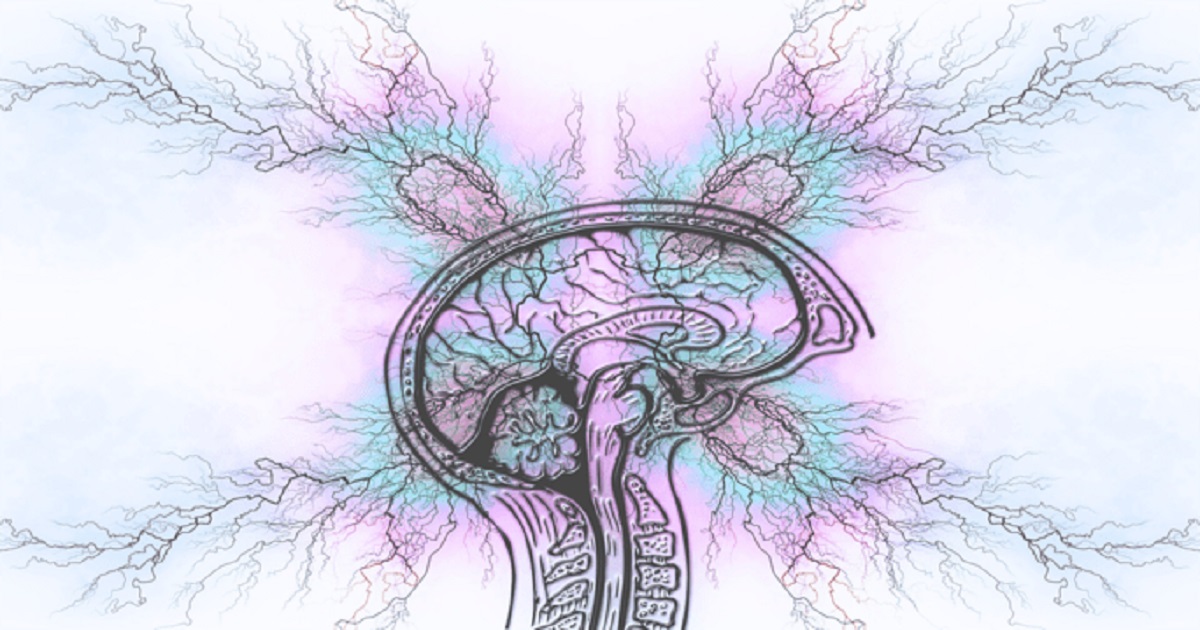Social Cognition across Lifespan in Attention Deficit and Hyperactivity Disorder (ADHD): Cognitive and Neural Processes
A special issue of Brain Sciences (ISSN 2076-3425). This special issue belongs to the section "Developmental Neuroscience".
Deadline for manuscript submissions: closed (25 December 2024) | Viewed by 14341

Special Issue Editor
Special Issue Information
Dear Colleagues,
Attention Deficit and Hyperactivity Disorder (ADHD) is a neurodevelopmental disorder that implies manifestations such as attention deficit, impulsivity, and inattention, with extreme consequences in society adaptation. Moreover, the population with ADHD shows social cognition difficulties and poor relationships.
Social cognition is an umbrella term that implies different cognitive functions, languages, and executive functions as well as the theory of mind. Thus, when studying social cognition in ADHD, it is necessary to consider the complex nature of ADHD functioning and the multidimensional aspects of social cognition.
This Special Issue focuses on the social cognition processes and their neural correlates associated with ADHD across a lifespan.
Contributions are invited from psychology, psychiatry, neuroscience, neurobiology, philosophy, and other disciplines.
Dr. Francesca Strappini
Guest Editor
Manuscript Submission Information
Manuscripts should be submitted online at www.mdpi.com by registering and logging in to this website. Once you are registered, click here to go to the submission form. Manuscripts can be submitted until the deadline. All submissions that pass pre-check are peer-reviewed. Accepted papers will be published continuously in the journal (as soon as accepted) and will be listed together on the special issue website. Research articles, review articles as well as short communications are invited. For planned papers, a title and short abstract (about 250 words) can be sent to the Editorial Office for assessment.
Submitted manuscripts should not have been published previously, nor be under consideration for publication elsewhere (except conference proceedings papers). All manuscripts are thoroughly refereed through a single-blind peer-review process. A guide for authors and other relevant information for submission of manuscripts is available on the Instructions for Authors page. Brain Sciences is an international peer-reviewed open access monthly journal published by MDPI.
Please visit the Instructions for Authors page before submitting a manuscript. The Article Processing Charge (APC) for publication in this open access journal is 2200 CHF (Swiss Francs). Submitted papers should be well formatted and use good English. Authors may use MDPI's English editing service prior to publication or during author revisions.
Keywords
- attention deficit and hyperactivity disorder (ADHD)
- social cognition
- psychology
- psychiatry
- neurodevelopmental disorder
Benefits of Publishing in a Special Issue
- Ease of navigation: Grouping papers by topic helps scholars navigate broad scope journals more efficiently.
- Greater discoverability: Special Issues support the reach and impact of scientific research. Articles in Special Issues are more discoverable and cited more frequently.
- Expansion of research network: Special Issues facilitate connections among authors, fostering scientific collaborations.
- External promotion: Articles in Special Issues are often promoted through the journal's social media, increasing their visibility.
- Reprint: MDPI Books provides the opportunity to republish successful Special Issues in book format, both online and in print.
Further information on MDPI's Special Issue policies can be found here.






